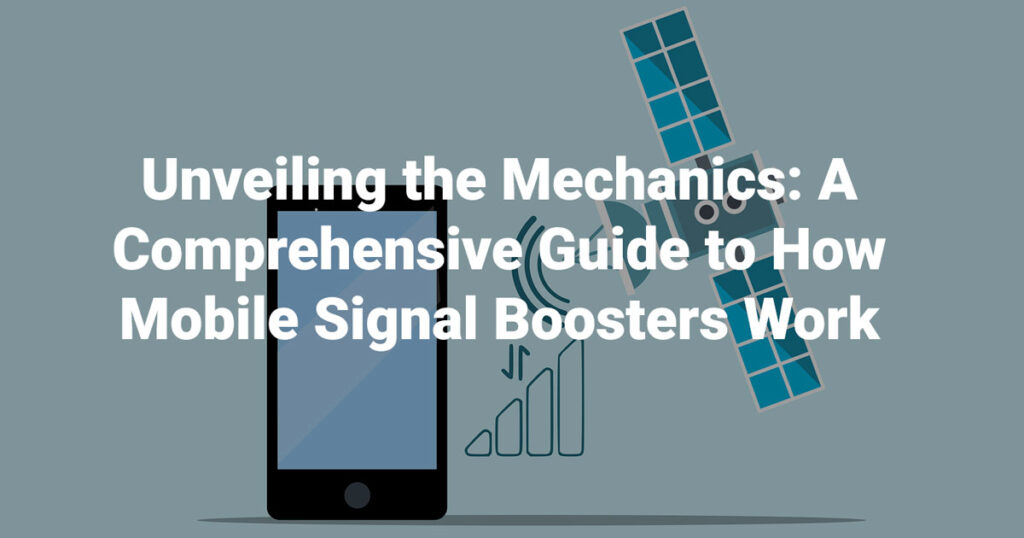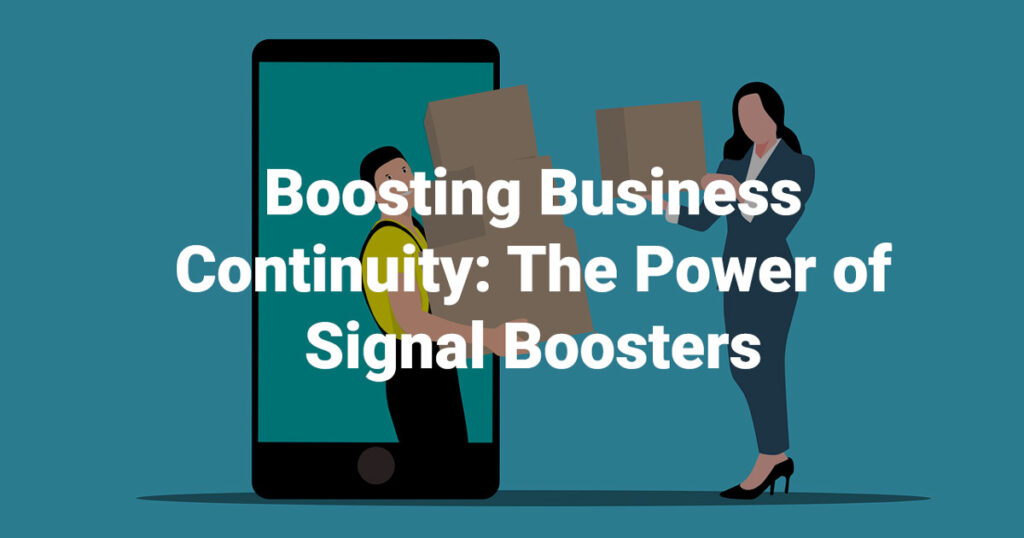Introduction: In our increasingly interconnected world, a reliable mobile signal is indispensable for staying connected, whether for work, entertainment, or emergencies. However, weak or spotty signal coverage can disrupt communication and hinder productivity. Fortunately, mobile signal boosters offer a solution by amplifying weak signals and improving reception. In this comprehensive guide, we’ll explore the inner workings of mobile signal boosters, demystifying their technology and explaining how they enhance signal strength to ensure seamless connectivity.
Understanding the Basics of Mobile Signal Boosters:
Mobile signal boosters, also known as cell phone signal repeaters or amplifiers, are devices designed to improve cellular reception and data speeds by amplifying existing signals. They consist of three primary components: an external antenna, an amplifier or booster unit, and an internal antenna. Together, these components work in tandem to capture, amplify, and rebroadcast cellular signals, extending coverage and improving signal quality.
1.External Antenna:
The external antenna serves as the first point of contact with the outside signal. Positioned outside the building or vehicle, it captures weak signals from nearby cellular towers and transmits them to the amplifier unit. External antennas come in various forms, including omni-directional antennas, which capture signals from all directions, and directional antennas, which focus on signals from specific towers.
2.Amplifier Unit:
The amplifier unit, also known as the booster or repeater, is the heart of the signal boosting system. It receives the weak signals from the external antenna, amplifies them to a higher power level, and then retransmits them through the internal antenna. The amplifier unit typically includes adjustable gain controls to fine-tune signal amplification based on signal strength and coverage requirements.
3.Internal Antenna:
The internal antenna, often referred to as the broadcast or indoor antenna, distributes the amplified signal within the building or vehicle. It broadcasts the boosted signal to nearby mobile devices, ensuring improved reception and enhanced data speeds. Internal antennas can be installed in various locations, such as ceilings, walls, or desktops, depending on the layout and size of the area to be covered.
How Mobile Signal Boosters Work:
Now that we’ve covered the components let’s delve into the step-by-step process of how mobile signal boosters work to enhance signal strength and improve connectivity:
1.Signal Capture:
The process begins with the external antenna capturing weak cellular signals from nearby towers. The antenna’s placement and orientation play a crucial role in maximizing signal reception, ensuring optimal performance.
2.Signal Amplification:
Once captured, the weak signals are fed into the amplifier unit, where they undergo amplification. The amplifier unit boosts the signal to a higher power level, significantly increasing its strength and quality.
3.Signal Broadcast:
The amplified signal is then broadcasted by the internal antenna within the building or vehicle. The internal antenna distributes the boosted signal to mobile devices, providing improved reception and enhanced data speeds.
4.Signal Reception:
Mobile devices within the coverage area receive the boosted signal from the internal antenna, resulting in stronger and more reliable connectivity. Users can enjoy clearer voice calls, faster data downloads, and smoother internet browsing, even in areas with poor signal coverage.
5.Signal Transmission:
As mobile devices transmit data or make calls, the boosted signal is transmitted back to the nearest cellular tower via the internal and external antennas. This two-way communication ensures seamless connectivity and uninterrupted data transmission.
Benefits of Mobile Signal Boosters: Mobile signal boosters offer several benefits, including:
Improved Signal Strength:
Boosters amplify weak signals, providing stronger and more reliable connectivity.
Enhanced Data Speeds:
Faster data speeds enable smoother streaming, faster downloads, and improved internet browsing.
Expanded Coverage:
Boosters extend signal coverage to areas with poor or no signal reception, such as remote locations or underground spaces.
Better Voice Quality:
Clearer voice calls and reduced call drops ensure better communication and productivity.
Cost-Effective Solution:
Investing in a signal booster is a cost-effective alternative to expensive infrastructure upgrades or carrier plans.
Easy Installation:
Most signal boosters are plug-and-play devices that require minimal setup, making them suitable for both residential and commercial use.
Conclusion
In conclusion, mobile signal boosters play a crucial role in overcoming signal challenges and ensuring seamless connectivity in today’s mobile-centric world. By amplifying weak signals and extending coverage, these devices empower users to stay connected wherever they go, whether at home, in the office, or on the road. Understanding how mobile signal boosters work and their benefits can help individuals and businesses make informed decisions when selecting a solution to improve cellular reception and data speeds.



